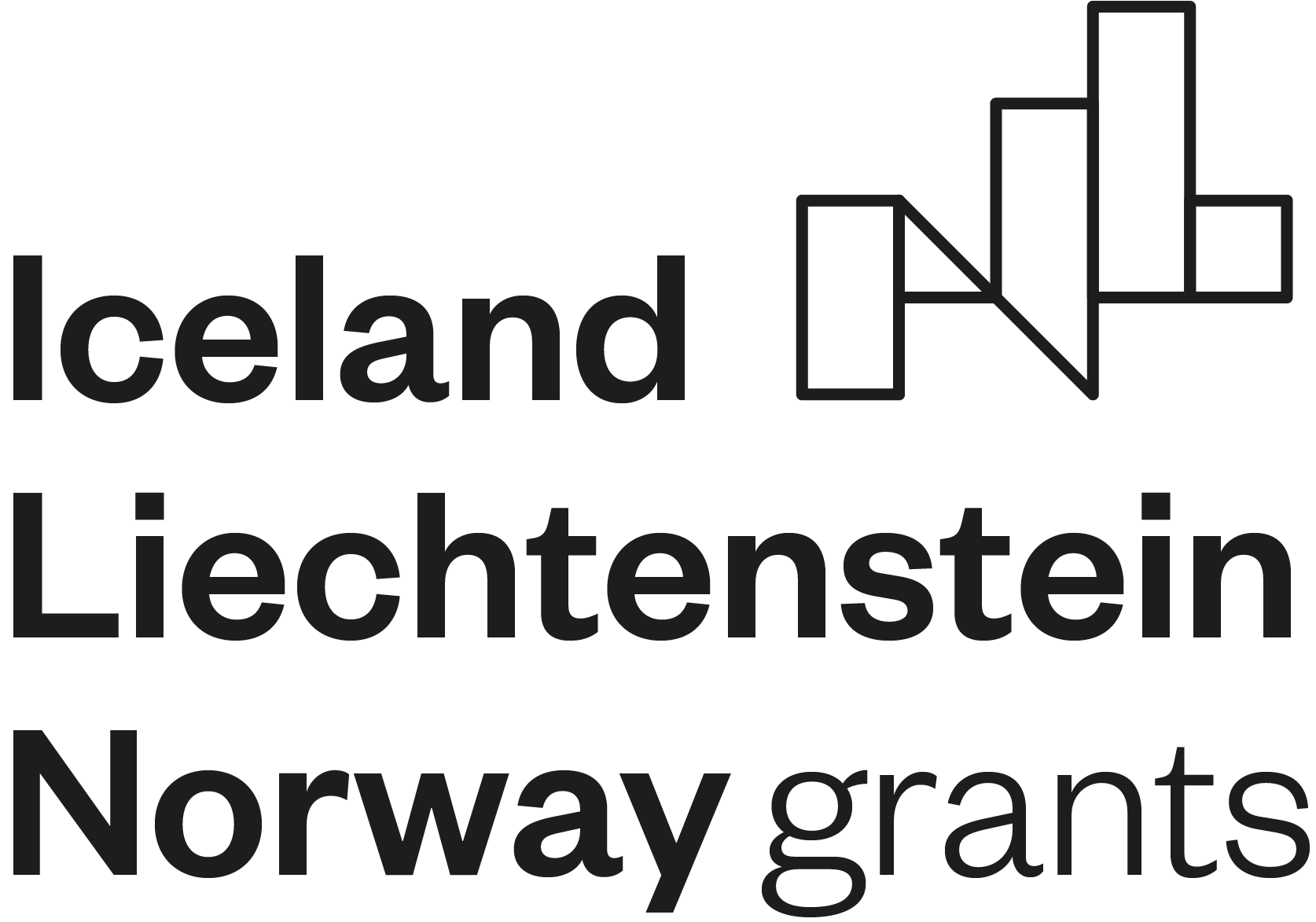PROJECT TITLE
NAtural Seismicity as a Prospecting and MONitoring tool for geothermal energy extraction
PROJECT CODE
TO01000198
GRANT
EEA Grants and TA CR
Funding: 35 006 583 CZK
About the project:
The project aimed to use naturally occurring earthquakes to study subsurface processes of the Reykjanes Peninsula (SW Iceland), especially with respect to geothermal energy resources. This area is a divergent plate boundary with active volcanism, frequent earthquakes, and many geothermal areas. During the project we:
(i) processed earthquake catalogues from 2013-2024;
(ii) performed detailed studies of the seismicity accompanying the 2021-2024 volcanic
activity;
(iii) studied the depth limit of the earthquake distribution directly related to the temperature of the rock; (iv) established pseudo-3D seismic velocity model; (v) derived empirical formulas needed for seismic hazard assessment.
2021
In 2021, an extraordinary volcanic activity preceded by thousands of earthquakes provided us with valuable data for our studies. Analysing this seismic activity enabled us to map seismic faults as well as the magmatic dyke.
2022
During the first two years of the project, we processed complete earthquake catalogues from 2013-2022; performed detailed studies of the seismicity accompanying the 2021-2022 volcanic activity; studied the depth limit of the earthquake distribution which is directly related to the high temperature of the rock; prepared the empirical formulas needed for seismic hazard assessment.
2023
During the first three years of the project we (i) processed earthquake catalogues from 2013-2023; (ii) performed detailed studies of the seismicity accompanying the 2021- 2023 volcanic activity; (iii) studied the depth limit of the earthquake distribution directly related to the temperature of the rock; (iv) established pseudo-3D seismic velocity model; (v) derived empirical formulas needed for seismic hazard assessment.
Beneficiary and project partners:
Geofyzikální ústav AV ČR, v. v. i.
Univerzita Karlova
Ústav struktury a mechaniky hornin AV ČR, v.v.i.
Iceland GeoSurvey (ÍSOR)

The NAtural Seismicity as a Prospecting and MONitoring tool for geothermal energy extraction project benefits from a € 1,4 mil. grant from Iceland, Liechtenstein and Norway through the EEA Grants and the Technology Agency of the Czech Republic.
The project is carried out under the KAPPA funding programme for applied research, experimental development and innovation, managed by the Technology Agency of the Czech Republic.
